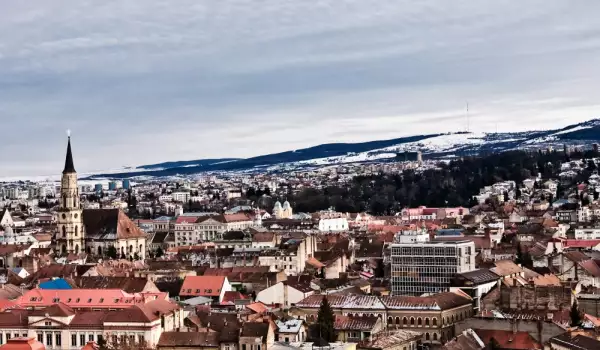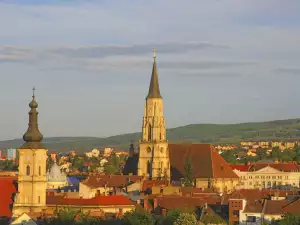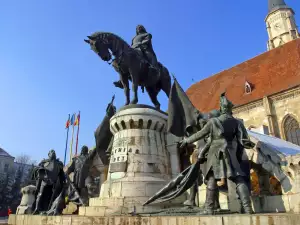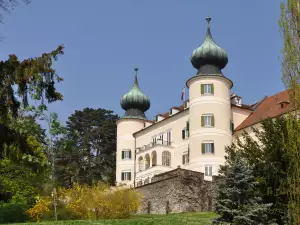Cluj-Napoca

The Romanian city of Cluj-Napoca is known for its abbreviated name Cluj. In it live more than 304 000 people. The city is the administrative center of the area with the same name.
The name Cluj comes from the medieval castle, built on the territory of the modern city. It was called Castrum Clus. The Latin word Clus means "closed". This refers to the hills that seem to enclose the city.
The city is located in the province of Transylvania, which is related to ancient legends about vampires. After the Romans managed to conquer Dacia - the ancient name of Romania, they built their own fortress, which was called Napoca. Around it is a small village. Napoca became the seat of the Roman procurator.

Then the region was conquered by the Magyars and became part of the Kingdom of Hungary. In 1270 Cluj already had the privileges of a city, which led to its rapid economic development. Then was built the church of St. Michael, which is one of the main attractions of the city. The church is named after the Archangel Michael, who is patron of the city. In the nineteenth century was erected the tower of the church, which was made entirely in the Neo-Gothic style. The tower of the church is the highest church tower in Romania.
In 1405 Cluj had city status. In the thirties of the fifteenth century peasants made a wave of uprisings against feudal domination. The peasant army managed to win, but only after a year the power was back in the hands of the nobles. In the 40s of the sixteenth century it became part of Transylvania after the Ottoman armies conquered much of the Kingdom of Hungary.
At that time, Cluj became a cultural center of Transylvania. At the end of the seventeenth century it became part of the Habsburg monarchy.
From the late eighteenth century to the mid-nineteenth century, Cluj became the capital of Transylvania, which at that time was in the territory of the Austrian Empire.

After the World War the city became part of the Kingdom of Romania. Until the sixties of the twentieth century, Hungarians in the city were more than Romanians, Romanians then become the majority population.
Today Cluj Napoca is an attractive tourist center for visitors who arrive in Romania. The cathedral of Theotokos, built in 1933, is one of the most impressive buildings in the city. The cathedral was built in Romanesque style, but it has influences from Renaissance and Byzantine architecture.
Near the cathedral is the National Theatre of Cluj. The National Theatre was built in 1919 and the Opera House of Romania is also located in the city.
In the center stands a statue of King Matthias Corvinus of Hungary, who was born in the city. Near it is the orthodox cathedral. The Romanian Greek-Catholic Church has a cathedral in the city and this is the transfiguration cathedral.
Among the monumental buildings of Cluj Napoca is the Palace of Jurisprudence, which was built in 1902. It was built in an eclectic architectural style. The Palace of the Prefecture of Finance is located near the orthodox Palace.
In Cluj Napoca are many museums and theaters; among them stand the National Museum of Transylvanian history, the pharmacy museum and the museum of water.








